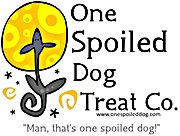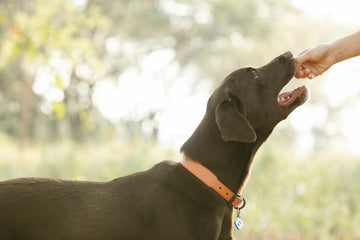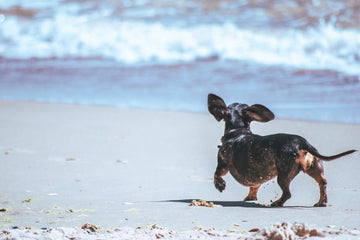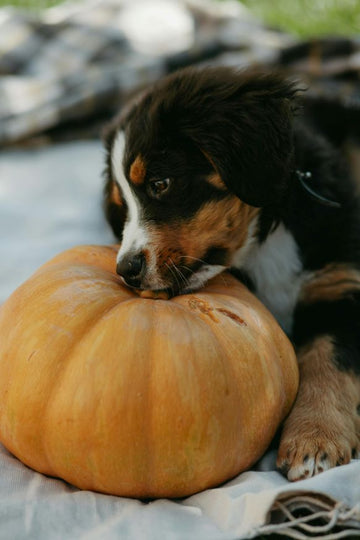Training your dog is a joyful experience, filled with milestones and bonding moments. Treats often play a central role in this process, serving as both a motivator and a reward. However, frequent use of treats can lead to concerns about overfeeding, weight gain, and long-term health impacts. The good news is that you can incorporate training treats into your routine without the guilt by making smart choices and practicing moderation.
This article explores how to select healthy training treats, offers DIY options, and provides strategies to keep your dog’s rewards both nutritious and balanced.
Why Training Treats Matter
Treats are an essential part of positive reinforcement training. They provide immediate feedback for your dog, helping them connect specific behaviors with rewards. Here’s why they’re so effective:
- Instant Gratification: Dogs thrive on quick rewards, which reinforce desired behaviors immediately.
- Ease of Use: Treats are convenient to deliver during fast-paced training sessions.
- Strengthening Bonds: Rewarding your dog with treats fosters trust and deepens your relationship.
However, frequent use of treats can lead to unintended consequences, such as excess calorie intake or nutritional imbalances. The key is to use treats wisely and focus on quality over quantity.
How to Choose Healthy Training Treats
Not all treats are created equal. To ensure you’re rewarding your dog without compromising their health, consider these factors when selecting training treats:
-
Low-Calorie Options
Training often involves multiple repetitions, so low-calorie treats are a must. Aim for treats with fewer than 5 calories each, especially for small dogs or long sessions. -
Nutrient-Rich Ingredients
Look for treats made with whole foods like real meat, fish, or vegetables. These options provide added nutritional value, supporting your dog’s overall health. -
Small and Soft Pieces
Treats should be bite-sized and easy to chew. This keeps training sessions efficient and prevents your dog from getting distracted or taking too long to eat. -
Limited Ingredients
For dogs with allergies or sensitivities, choose treats with simple, high-quality ingredients. Single-protein or hypoallergenic options are excellent for pets with special dietary needs. -
Avoid Additives
Stay away from treats with artificial flavors, colors, or preservatives. These additives offer no nutritional benefits and may harm your dog’s health over time.
DIY Healthy Treat Recipes
Homemade treats give you full control over ingredients, ensuring they’re nutritious and guilt-free. Here are some easy recipes to try:
1. Sweet Potato Chews
- Ingredients: 1 sweet potato
- Instructions:
- Slice the sweet potato into thin rounds.
- Bake at 250°F (120°C) for 2-3 hours, flipping halfway through.
- Let cool and store in an airtight container for up to two weeks.
2. Peanut Butter Training Bites
- Ingredients:
- 1 cup rolled oats
- 1/4 cup unsweetened peanut butter (xylitol-free)
- 1 mashed banana
- Instructions:
- Mix all ingredients together.
- Roll into small balls and refrigerate.
3. Freeze-Dried Meat Treats
- Ingredients: Lean chicken or beef
- Instructions:
- Slice the meat into thin strips.
- Freeze for 2 hours, then dehydrate in an oven at 150°F (65°C) until fully dry.
Strategies for Guilt-Free Training
Even with healthy treats, moderation is essential. Here’s how to keep training effective while managing treat portions:
-
Break Treats Into Smaller Pieces
Dogs care about receiving a reward, not its size. Cutting treats into tiny portions reduces calorie intake while allowing frequent rewards. -
Use High-Value Treats Strategically
Save extra-special treats like freeze-dried liver or cheese for complex tasks or high-distraction environments. Use lower-value options for simpler commands. -
Incorporate Everyday Foods
Use your dog’s kibble, carrot sticks, or apple slices (remove seeds) as training rewards. These are low-calorie and fit seamlessly into their regular diet. -
Alternate Rewards
While treats are effective, verbal praise, petting, and playtime can be just as rewarding for your dog. Alternating rewards reduces reliance on food while maintaining motivation.
Common Mistakes to Avoid
-
Overfeeding
It’s easy to lose track of how many treats you’ve given. Measure out a daily treat allowance beforehand and adjust your dog’s meal portions accordingly. -
Using Unhealthy Treats
Avoid treats with high sugar content, artificial additives, or unhealthy fillers. Opt for natural and minimally processed options instead. -
Inconsistent Rewards
Rewarding some behaviors but not others can confuse your dog. Be consistent in when and how you give treats to reinforce desired actions effectively. -
Ignoring Individual Needs
Puppies, senior dogs, and those with medical conditions may have unique dietary requirements. Consult your vet to ensure the treats you choose align with your dog’s health needs.
The Bigger Picture: Treats as Part of a Healthy Lifestyle
Training treats are just one aspect of your dog’s overall well-being. To keep your dog healthy and happy:
- Exercise Regularly: Ensure your dog gets daily walks, playtime, and mental stimulation to burn calories and maintain fitness.
- Provide a Balanced Diet: Treats should complement—not replace—a complete and nutritious diet.
- Monitor Weight: Regularly check your dog’s weight and adjust treat portions if needed.
Conclusion
Training treats don’t have to come with guilt. By choosing healthy options, practicing portion control, and incorporating non-food rewards, you can make training sessions both effective and health-conscious. Homemade treats and low-calorie alternatives provide nutritious options your dog will love without compromising their overall well-being.
Remember, training isn’t just about treats, it’s about building trust, fostering communication, and celebrating every small victory together. With the right approach, you can enjoy a guilt-free, rewarding training journey that strengthens the bond between you and your furry friend.




